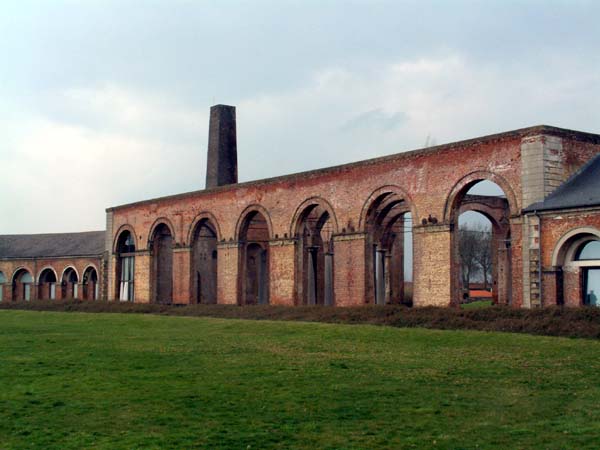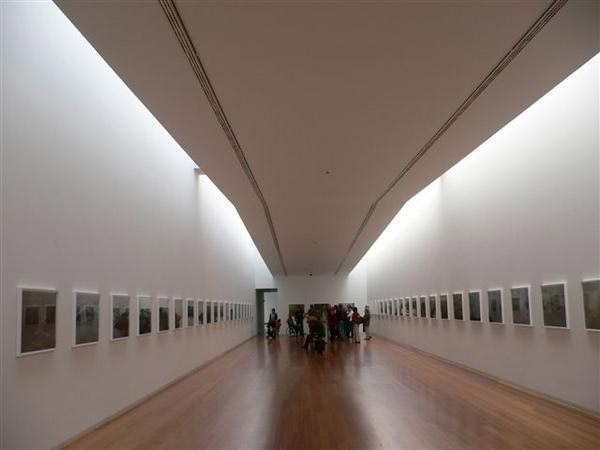 I recently returned from Brussels, where I visisted Le Grand Hornu, an artfully rennovated, defunct coal mine-turned contemporary art venue. Since this was proabably my 7th trip to Belgium, but the first time I’d ever heard of Hornu, I wanted to share the revelation in order to guarantee that anyone with a yen to visit the lands of Memling, Horta, and Magritte, also appreciates Belgium for its contemporary art.
I recently returned from Brussels, where I visisted Le Grand Hornu, an artfully rennovated, defunct coal mine-turned contemporary art venue. Since this was proabably my 7th trip to Belgium, but the first time I’d ever heard of Hornu, I wanted to share the revelation in order to guarantee that anyone with a yen to visit the lands of Memling, Horta, and Magritte, also appreciates Belgium for its contemporary art.
The show on view, Sisyphe: le jour se leve (Sisyphus: Day Breaks) was made all the more enjoyable for its inclusion of artists I see on a daily basis in the Walker’s permanent collection installation, The Shape of Time. To see On Kawara, Luciano Fabro, and Guilio Paolini in a small show (eight artists total) with a specific trajectory provided an entirely different perspective on their work. I had never previously associated Sysyphus–the ultimate existential image adopted by Sartre–with Arte Povera, the Italian movement in which both Fabro and Paolini took part. Now, however, when I look at Mimesi (Mimesis) I see the possibility for a darker exchange between the classically sculpted, white plaster models–an exchange more in the vein of Greek tragedy than comedy. Netiher, had Kawara’s meticulously sequential work ever so acutely suggested futility. One Million Years (Past), featured in the show at Hornu, consists of the last one million years printed on paper and bound into volumes encyclopeadia-style. Currently on show in The Shape of Time is Kawara’s TODAY Series, which I have always interpreted as meditative and ritualistic, but which is now opened up as a possible critique of pointless repitition. The existential tenor of the show at Grand Hornu was an interesting contrast to the luminous and airy gallery space, and particularly poignant in the context of a failed coal mine.
Get Walker Reader in your inbox. Sign up to receive first word about our original videos, commissioned essays, curatorial perspectives, and artist interviews.

